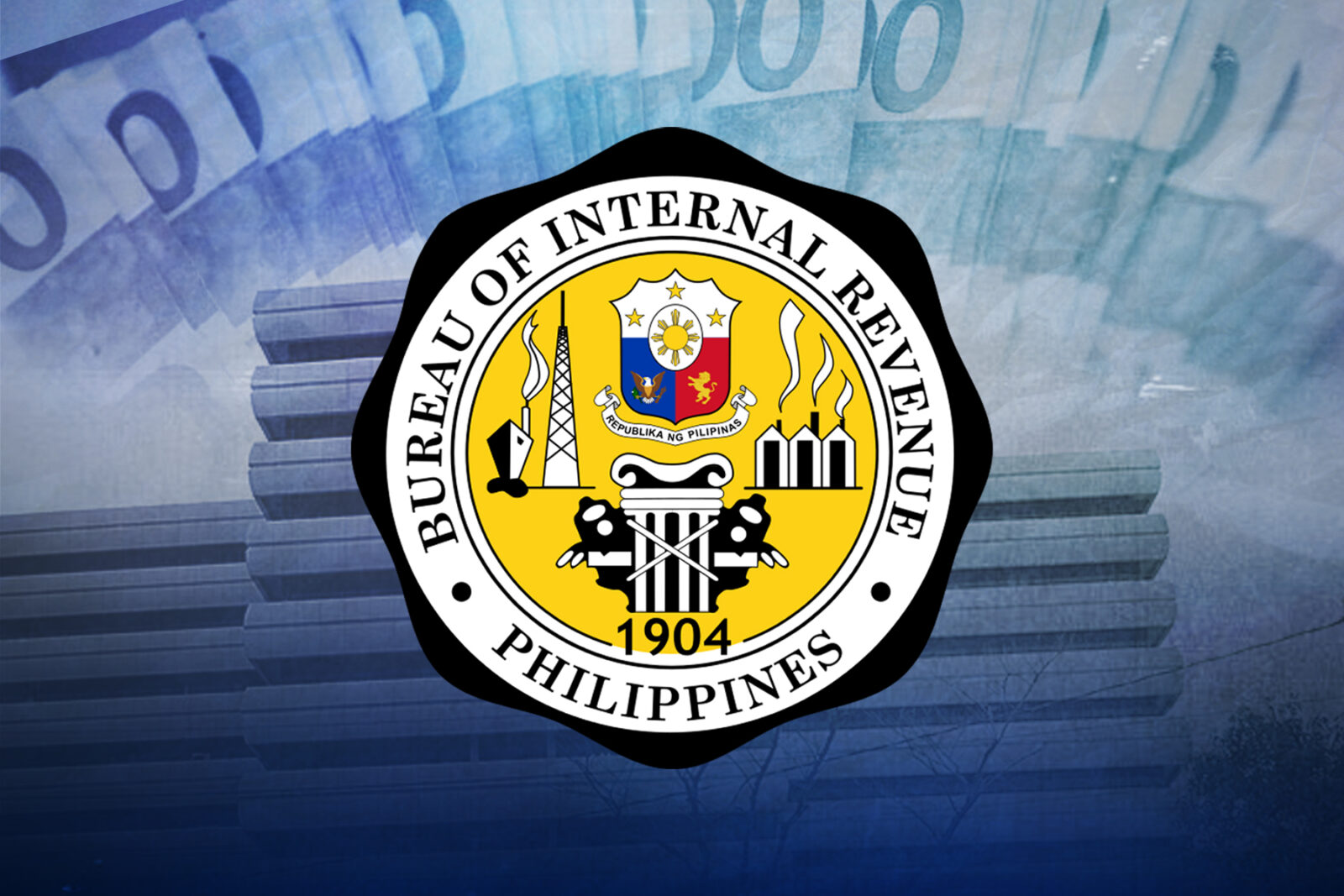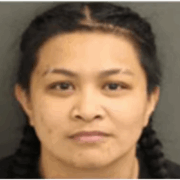Liberalization of ‘repo’ market pushed

Financial regulators are working to expand the market for repurchase agreement (repo) using government securities like Treasury bonds and bills as underlying instruments, with a plan to allow fund managers and trust entities—not just banks—to execute such transactions.
Mari Toni Bautista, president of the National Association of Securities Broker Salesmen Inc. (Nasbi), said trust entities are now in talks with the Bureau of Internal Revenue (BIR) to exempt them from paying documentary stamp tax when participating in repo transactions, something that incumbent players currently enjoy.
“We heard the BIR is supportive,” Bautista told reporters on Monday.
Nasbi is organized by the Bankers Association of the Philippines (BAP) with the help of other groups like the Money Market Association of the Philippines, a private organization of bank treasurers and traders that led the development of the local repo market when it was revived in late 2017.
At present, Bautista said there are seven to 10 banks—also known as government securities eligible dealers (GSED)—that can do repo transactions. Trading of this product was initially limited to these GSEDs “to test the waters,” she explained.
Repos are also locally referred to as “buybacks” because one bank would sell debt securities to another and agree to buy them back at a future date for a pre-agreed price.
“The repo market is actually open to all GSEDs and we are looking to expand the participants to include non-GSEDs,” she said.
Recall that regulators clamped down on repos in the early 2000s, citing them as a threat to the stability of the financial system because most firms had used them without fully factoring in the contingent risks on their books.
But in 2017, regulators took a policy shift, with the Bangko Sentral ng Pilipinas (BSP) arguing that it’s good to have such a product around provided that all the stakeholders could agree on ground rules to prevent abuses.
By allowing more repo players, the BSP and BAP hope to increase trading volume, which could eventually provide another alternative benchmark that can be used as a guide for short term loan rates.





















